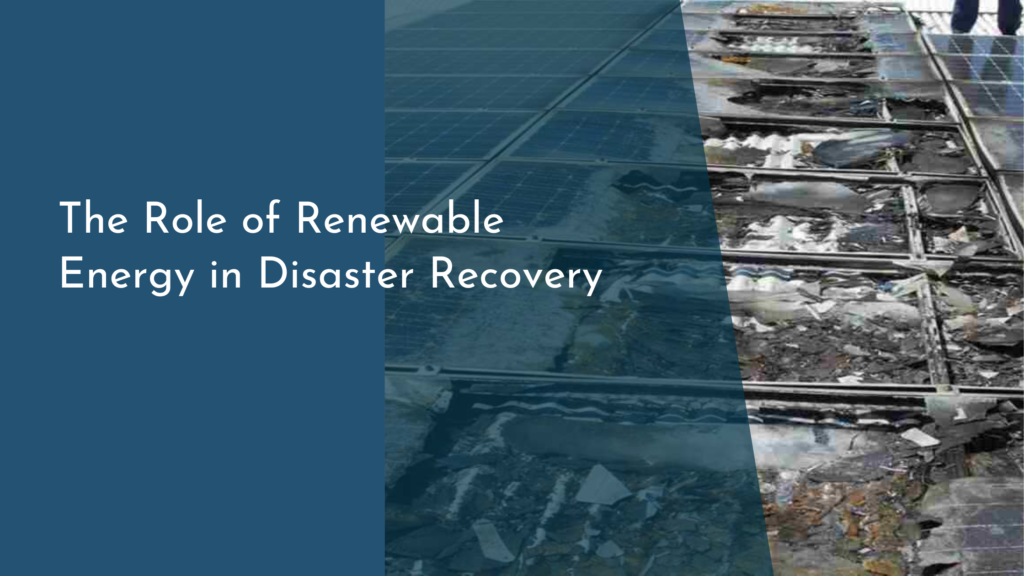Algae-Based Bio-Concrete for Self-Healing Structures
In the quest for sustainable construction solutions, the intersection of nature and technology has given rise to innovative concepts that promise to revolutionize the industry. One such concept gaining traction is algae-based bio-concrete, a remarkable material that not only enhances the durability of structures but also introduces a self-healing mechanism. This eco-friendly alternative to traditional concrete is a testament to how we can harness the power of nature to address some of our most pressing environmental challenges. Let’s explore the wonders of algae and how it is shaping the future of construction.
Discovering Algae: Nature’s Tiny Hero for Concrete Repair
Algae, often overlooked as mere pond scum or a nuisance in water bodies, is emerging as a powerful player in the field of construction. This diverse group of photosynthetic organisms plays a vital role in various ecosystems and has the unique ability to thrive in diverse environments. Researchers have identified that certain species of algae can produce calcium carbonate, a primary component of traditional concrete. This property positions algae as a natural and renewable resource that can significantly enhance concrete’s strength and longevity.
Moreover, algae’s rapid growth and minimal resource requirements make it an ideal candidate for sustainable building materials. Unlike conventional concrete, which is carbon-intensive to produce, algae can be cultivated using wastewater, sunlight, and carbon dioxide from the atmosphere. This not only reduces the environmental footprint of construction projects but also contributes to the circular economy by recycling waste materials. As we continue to explore the potential of algae, its reputation as nature’s tiny hero for concrete repair becomes increasingly justified.
How Algae-Based Bio-Concrete Works Its Magic
Algae-based bio-concrete operates on the principle of biomineralization, where living organisms produce minerals as part of their metabolic processes. When incorporated into concrete, these algae can release calcium carbonate when exposed to water and other environmental conditions. This natural chemical reaction effectively fills cracks and voids that may develop over time, allowing the structure to "heal" itself without the need for external intervention. As a result, algae bio-concrete can significantly extend the life span of a building or infrastructure, reducing maintenance costs and resource use.
In addition to its self-healing properties, algae-based bio-concrete can enhance the overall performance of the material. Research indicates that it can improve compressive strength, reduce permeability, and enhance the thermal performance of concrete structures. Furthermore, the incorporation of algae can also lead to reduced weight and increased insulation properties. This multifaceted approach not only boosts the structural integrity of buildings but also aligns with goals for energy efficiency and sustainability.
Benefits of Self-Healing Structures for a Greener Future
The advent of self-healing structures powered by algae-based bio-concrete presents numerous benefits for the environment and society. First and foremost, the ability to repair cracks autonomously leads to a substantial reduction in maintenance efforts and costs. This means fewer resources are required for repairs, ultimately lowering the carbon footprint associated with construction activities. Enhanced durability also translates to longer-lasting structures, which can significantly decrease resource consumption over time.
Additionally, incorporating algae into concrete can foster a healthier urban environment. Algae can absorb carbon dioxide during photosynthesis, contributing to cleaner air while also improving the aesthetic appeal of structures with the potential for green facades. The use of bio-concrete can also positively impact local biodiversity by providing habitats for various organisms. By embracing self-healing technologies, we can pave the way for a more resilient and environmentally friendly built environment for future generations.
The Future of Construction: Algae and Sustainability Unite!
As the construction industry grapples with the pressing need for sustainable practices, the integration of algae-based bio-concrete represents an exciting frontier. The ongoing research and development in this field highlight the potential for a new generation of building materials that are not only strong and durable but also environmentally friendly. With ongoing advancements in biotechnology, the scalability of algae cultivation and integration into concrete is becoming increasingly feasible, paving the way for widespread adoption.
The vision of a future where construction and sustainability go hand-in-hand is fast becoming a reality. As architects, engineers, and builders embrace innovations like algae-based bio-concrete, they contribute to a paradigm shift in the way we construct our living spaces. With nature’s tiny hero leading the charge, the construction industry is poised to make significant strides towards a greener, more sustainable future.
In conclusion, algae-based bio-concrete exemplifies how we can learn from nature to develop innovative solutions for contemporary challenges in construction. By harnessing the self-healing properties of algae, we can create structures that are not only resilient but also environmentally friendly. As we continue to explore and implement these sustainable practices, there is hope for a future where our built environment harmonizes with nature, ensuring a healthier planet for generations to come. Embracing algae in construction is not just a trend; it is a vital step towards a more sustainable and joyful future!

